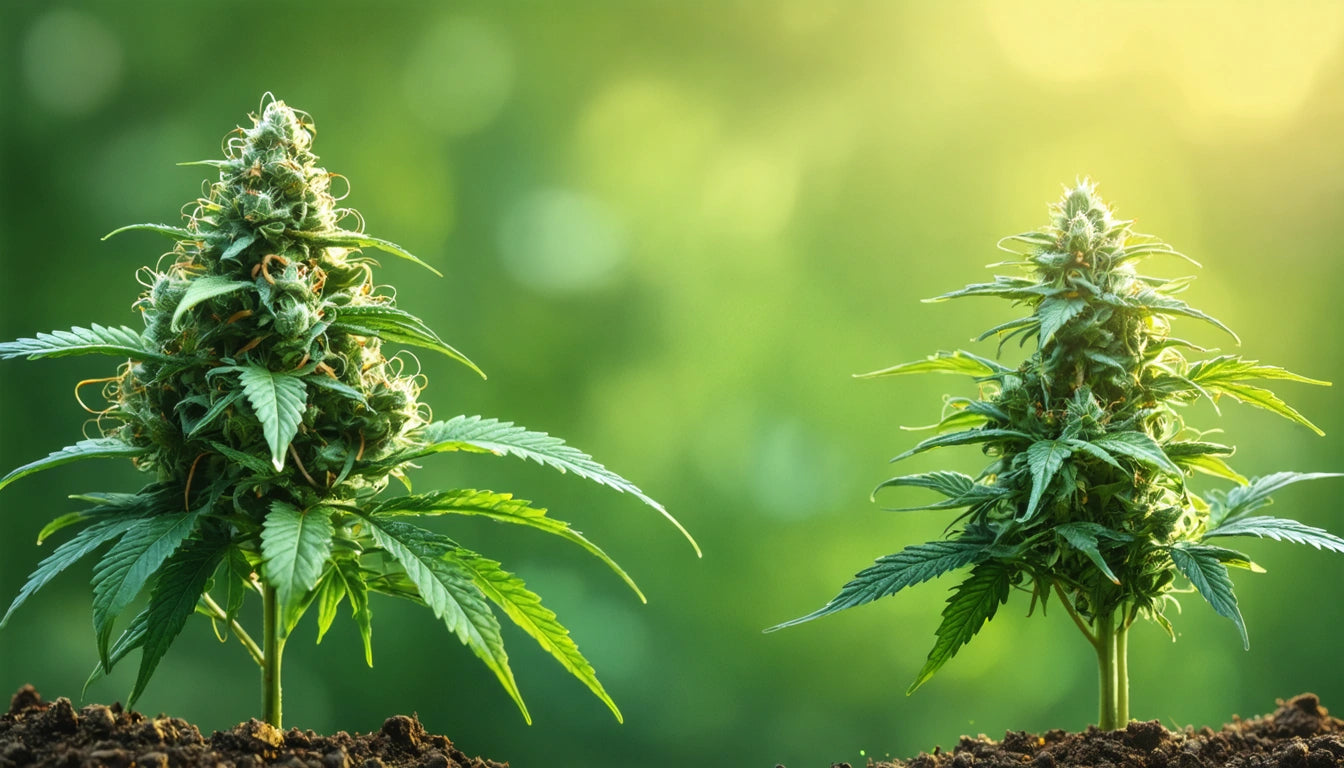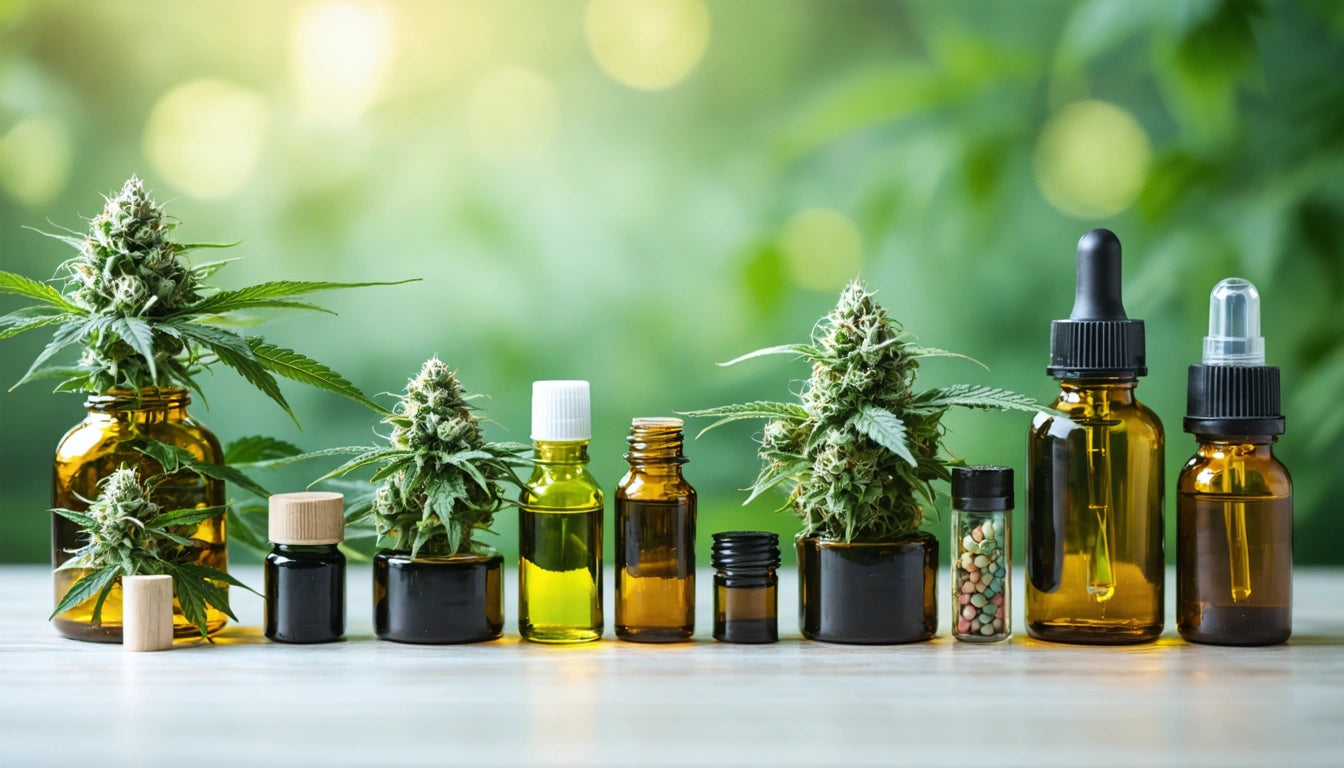Table of Contents
- Understanding Cannabis Lighting Needs
- Types of Grow Lights for Cannabis Cultivation
- LED Grow Lights: The Modern Standard
- HPS and MH Lights: Traditional Powerhouses
- Lighting for Different Growth Stages
- Preventing Light Burn in Cannabis Plants
- Budget Considerations for Cannabis Lighting
- Future Lighting Innovations for Cannabis Cultivation
The Ultimate Guide to the Best Grow Lights for Cannabis
Selecting the best grow lights for cannabis cultivation is crucial for developing healthy plants with optimal yields. Indoor growing provides control over environmental factors, with lighting being perhaps the most important element. This guide explores the various lighting options available to help you make an informed decision for your cultivation needs.
Understanding Cannabis Lighting Needs
Cannabis plants require specific light spectrums and intensities at different growth stages. Understanding these requirements is essential before investing in any lighting system. As detailed in this comprehensive guide on cannabis light requirements, marijuana plants typically need:
- 18-24 hours of light during the vegetative stage
- 12 hours of light during the flowering stage
- Different light spectrums for optimal development at each stage
- Appropriate light intensity based on the growing area
The right balance of these factors leads to stronger plants, better cannabinoid profiles, and higher yields.
Types of Grow Lights for Cannabis Cultivation
Several lighting technologies are available for indoor cannabis cultivation, each with distinct advantages:
LED (Light Emitting Diode)
LED grow lights have revolutionized indoor cannabis cultivation with their efficiency and customizable spectrum options. These lights produce minimal heat while delivering targeted light wavelengths that cannabis plants need most.
HPS (High-Pressure Sodium)
Traditional HPS lights are known for their high output and flowering-stage benefits. While less energy-efficient than LEDs, they produce significant yields and have been industry standards for decades.
MH (Metal Halide)
Metal halide lights excel during the vegetative stage with their blue-dominant spectrum. They're often used in combination with HPS lights in a complete growth cycle setup.
CMH/LEC (Ceramic Metal Halide/Light Emitting Ceramic)
These newer technologies offer a balanced spectrum and improved efficiency over traditional MH lights while producing less heat than HPS systems.
Fluorescent (T5, CFL)
Budget-friendly and low-heat options, fluorescent lights work well for seedlings, clones, and small growing operations with limited vertical space.
LED Grow Lights: The Modern Standard
LED technology has become the preferred choice for many cannabis cultivators. According to our guide on top LED grow lights, the benefits include:
- Reduced energy consumption (up to 60% less than HPS)
- Lower heat output, reducing cooling costs
- Customizable spectrum options for different growth stages
- Longer lifespan (50,000+ hours vs. 10,000-15,000 for HPS)
- No bulb replacements required
When selecting the best LED grow lights for cannabis, look for full-spectrum models with adjustable settings, sufficient PAR (Photosynthetically Active Radiation) output, and quality heat dissipation systems.
HPS and MH Lights: Traditional Powerhouses
Despite LED advancements, many commercial growers still rely on HPS and MH lighting systems. These lights deliver proven results with:
- High light penetration for dense canopies
- Established track record for impressive yields
- Lower initial investment than premium LED systems
- Familiar technology with predictable outcomes
The main drawbacks include higher energy consumption, heat management challenges, and regular bulb replacements. For growers with proper ventilation systems already in place, these lights remain excellent options.
Lighting for Different Growth Stages
Cannabis has distinct lighting needs throughout its lifecycle:
Seedling and Cloning Stage
Young plants benefit from gentle lighting with:
- Lower intensity (25-30 watts per square foot)
- Blue-dominant spectrum
- 18-24 hours of light daily
- Positioning lights further from plants
Many growers use T5 fluorescent or lower-power LEDs during this delicate stage. When working with seedlings, proper lighting is crucial, as we explain in our guide on grow lights for seed germination.
Vegetative Stage
As plants develop their structure, they require:
- Medium-high intensity (30-40 watts per square foot)
- Blue-dominant or full spectrum light
- 18 hours of light daily
MH lights or full-spectrum LEDs work well during this growth phase.
Flowering Stage
To maximize bud development, plants need:
- High intensity (40-65 watts per square foot)
- Red-dominant or full spectrum light
- 12 hours of light, 12 hours of uninterrupted darkness
HPS lights or specialized flowering LEDs provide the ideal spectrum during this critical phase.
Preventing Light Burn in Cannabis Plants
Even the best grow lights for cannabis can cause damage if improperly used. Light burn occurs when plants receive too much light intensity, resulting in bleached or yellow leaves. To prevent this:
- Follow manufacturer distance recommendations
- Gradually acclimate plants to new lighting
- Monitor leaf temperature and appearance daily
- Adjust height as plants grow
- Consider using light meters to measure intensity
When setting up your grow operation, proper equipment is essential across all aspects. While focusing on lighting, don't overlook other necessities like quality packaging solutions. For those interested in pre-roll production, our selection of custom cones offers professional-grade options that complement your cultivation efforts.
Budget Considerations for Cannabis Lighting
Lighting investments should balance upfront costs with long-term operational expenses:
Entry-Level Options (Under $300)
Budget-conscious growers can start with:
- T5 fluorescent fixtures for seedlings and small grows
- Entry-level LED panels (100-300W actual draw)
- Small HPS systems (150-250W)
These systems work well for personal grows with 1-4 plants.
Mid-Range Systems ($300-$800)
For serious hobbyists:
- Quality LED fixtures (300-600W actual draw)
- 600W HPS/MH convertible systems
- CMH lighting systems
These options provide enough power for 4-9 plants in a medium-sized grow space.
Commercial-Grade Lighting ($800+)
Professional cultivators should consider:
- High-end LED arrays with advanced controls
- Double-ended HPS fixtures
- Multiple light systems with controllers
The best cannabis grow lights for commercial operations offer scalability, reliability, and energy efficiency that justify their higher price points.
Future Lighting Innovations for Cannabis Cultivation
The cannabis lighting industry continues to evolve with new technologies emerging regularly. Future trends include:
- AI-controlled adaptive lighting that adjusts to plant needs
- Improved spectral tuning for enhanced cannabinoid profiles
- Ultra-efficient diodes reducing energy consumption further
- Integrated systems combining lighting with monitoring
- Solar-powered supplementation for hybrid growing setups
As research into cannabis photobiology advances, lighting systems will become increasingly specialized for different strains and desired outcomes. Staying informed about these developments will help growers maintain competitive advantages in this rapidly evolving industry.
Whether you're a beginner setting up your first grow or an experienced cultivator looking to upgrade, selecting the best grow lights for marijuana plants requires balancing several factors. Consider your space, budget, growing goals, and operational costs to make the most informed decision for your specific needs.











Leave a comment
All comments are moderated before being published.
This site is protected by hCaptcha and the hCaptcha Privacy Policy and Terms of Service apply.